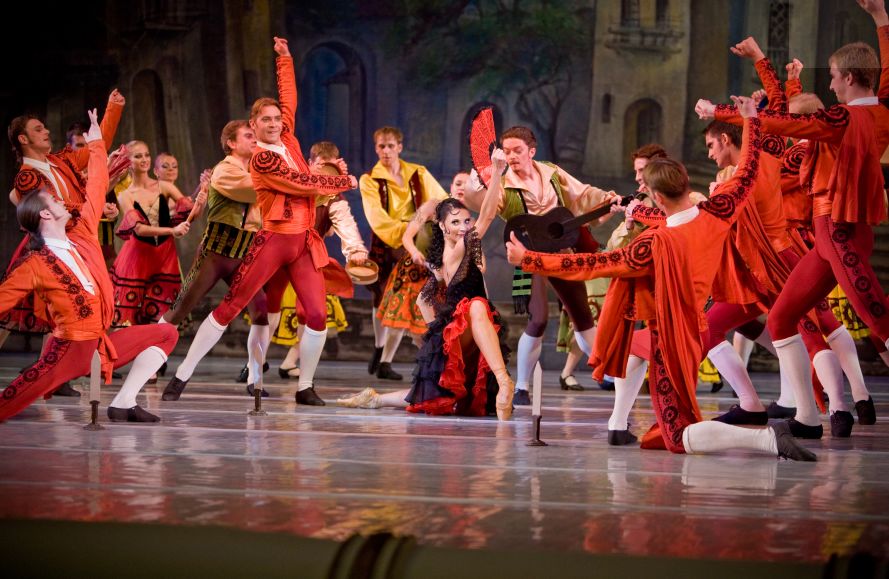 English
English-
 Español
Español
-
 Português
Português
-
 Portugiesisch
Portugiesisch
-
 Français
Français
-
 日本語
日本語
-
 Български
Български
-
 한국어
한국어
-
 Türkçe
Türkçe
-
 Nederlands
Nederlands
-
 English
English
-
 Eesti
Eesti
-
 Suomi
Suomi
-
 বাঙ্গালি
বাঙ্গালি
-
 беларуская
беларуская
-
 Ελληνικά
Ελληνικά
-
 Kreyòl ayisyen
Kreyòl ayisyen
-
 עִברִית
עִברִית
-
 हिन्दी
हिन्दी
-
 Magyar
Magyar
-
 íslenskur
íslenskur
-
 Gaeilge
Gaeilge
-
 italiano
italiano
-
 Hrvatski
Hrvatski
-
 Latinus
Latinus
-
 latviski
latviski
-
 Melayu
Melayu
-
 Malti
Malti
-
 Монгол
Монгол
-
 မြန်မာ
မြန်မာ
-
 فارسی
فارسی
-
 Polski
Polski
-
 عربي
عربي
-
 Română
Română
-
 русский
русский
-
 slovenský
slovenský
-
 Slovenščina
Slovenščina
-
 Afrikaans
Afrikaans
-
 svenska
svenska
-
 dansk
dansk
-
 український
український
-
 o'zbek
o'zbek
-
 Cymraeg
Cymraeg
-
Zulu
-
 Tiếng Việt
Tiếng Việt
-
 bosanski
bosanski
-
 Deutsch
Deutsch
-
 eesti keel
eesti keel
-
 ไทย
ไทย
Don Quixote - Ballet
Mon Jul 01 13:18:13 CST 2024
" Don Quixote " ( Russian :«Дон Кихот» ) is a four-act eight-act ballet based on the novel of the same name by Miguel de Cervantes, composed by Leon Minkus, premiered on December 26, 1869 (December 4 of the Julian calendar ) by ballet choreographer Marius Petipa for the Ballet of the Bolshoi Royal in Moscow. Petipa and Minkus later expanded the play to five acts and eleven acts for the Royal Ballet of St. Petersburg, and premiered the adaptation at the Imperial Bolshoi Kamenny Theatre in St. Petersburg on November 21, 1871 (November 9 of the Julian calendar ).
Synopsis
Due to the large number of versions of the play, there will be differences in the parting, parting, and choreography details. In particular, the contemporary version has been greatly simplified compared to the premiere version, but still more similar to each other. Therefore, this story introduction is based on Nureyev's version and Baryshnikov's version.
Prologue, Don Quixote's Study
(Some versions do not have this scene. But Minkus' overture already has Dulcinaya's theme in it)
The nobleman Don Quixote was addicted to the novel of knights, and he had always fantasized that he could be loyal to a beautiful mistress, Dulcinaya, and fight for it, and even kill demons. Suddenly, he saw the huge figure reflected on the wall by the furnace, thinking it was the monster mentioned in the book, so he raised his sword and fought it, and finally fell asleep in bed. His servants were so disturbed that they finally threw his knights into the fireplace. Then in a commotion, Sancho was chased into the field by a group of women, who woke Don Quixote up. They accused Sancho of stealing from them, and Don Quixote protected Sancho and sent them away. Don Quixote suddenly became interested, so he donned the clothes of a knight and took his servant Sancho on a journey to pursue Dulcinaya.

Act 1, Barcelona Bazaar
Kitty and Basilio are a couple, but their love is strongly opposed by Kitty's tavern owner father, who does not want his daughter to marry a poor boy who cuts and shaves, but wants her to marry the local gentry Carmachea. The situation is further complicated by the arrival of Don Quixote, because Kitty looks exactly like his fantasy Dulcinaia. The arrival of the matador Espada further adds to the joyous atmosphere of the market. Finally, Kitty and Basilio elope under the cover of the matador and friends, and the angry Carmachea and Kitty's father and the reluctant Don Quixote follow. The whole scene ends in a festive group dance.
Act II Scene 1, Gypsy Camp by the Windmill
When Kitty and Basilio were romancing in the wild, they met the local gypsies, who warmly welcomed the couple, and everyone sang and danced. Don Quixote arrived. When he saw the windmill moving with the wind, he thought it was a monster with teeth and claws, so he ignored everyone's persuasion to fight it, and finally fainted.
Act II, Scene II, The Dreams of Don Quixote
It could also be "Dulcinaia's Mysterious Garden". In a dream, Don Quixote sees Cupid and Dulcinaia surrounded by fairies. Dulcinaia praises Don Quixote's "feat". The fairies, Cupid and Dulcinaia perform a beautiful dance until Don Quixote wakes up.

Act II, Scene III, Gypsy Camp
After waking up, Don Quixote and the gypsies tried to cover Kitty and Basilio's escape, but Kitty's father saw through and chased after them with Gamashe. Don Quixote chased after them in order to protect the two.
Act III, Scene 1, Bistro
Kitty and Basilio arrive at a tavern, along with Espada. Their passionate dance sets off a climax in the tavern. Then Gamachet and Don Quixote arrive, and Kitty's father still insists on marrying Kitty to Gamachet. Basilio directs and performs a suicide farce, and with the help of Don Quixote (who thinks Basilio is dead) and the others (who know that Basilio is not dead), Kitty's father finally agrees to the marriage. Basilio wakes up and the tavern is immersed in a sea of joy.
Act III, Scene II, The Wedding
The play comes to an end after a famous duet between Kitty and Basilio.

